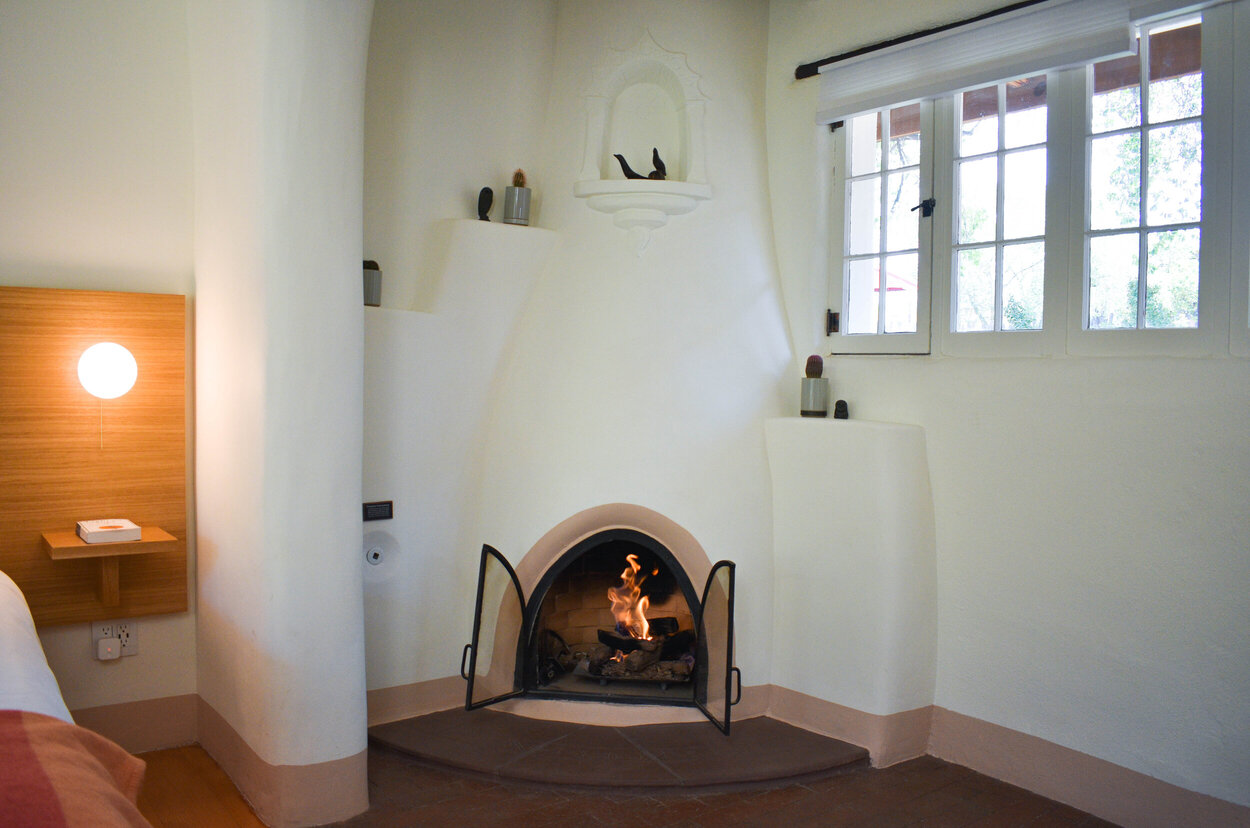

Articles
What Is A Kiva Fireplace
Modified: February 24, 2024
Discover the beauty and functionality of Kiva fireplaces with our informative articles. Learn about the history, construction, and benefits of these unique adobe fireplaces.
(Many of the links in this article redirect to a specific reviewed product. Your purchase of these products through affiliate links helps to generate commission for Storables.com, at no extra cost. Learn more)
Introduction
A Kiva fireplace, also known as a traditional Mexican fireplace or a beehive fireplace, is a unique and aesthetically pleasing architectural feature that adds warmth and charm to any home. It is a cultural symbol of the indigenous peoples of the Southwest, specifically the Pueblo tribes. The Kiva fireplace not only serves as a functional heating source, but it also carries deep historical and cultural significance.
Originating thousands of years ago, Kiva fireplaces were traditionally used by Native American communities in the Southwest region of the United States and parts of Mexico. These communities included the Pueblo, Hopi, Navajo, and Apache tribes, among others. The word “Kiva” itself refers to the ceremonial underground chambers used by these tribes for spiritual and communal gatherings.
These fireplaces were initially built using traditional adobe, a mixture of clay, straw, and water. Today, Kiva fireplaces are often constructed using modern building materials while still maintaining their signature shape and design.
In this article, we will delve into the history, features, construction materials, benefits, maintenance, variations, and cultural significance of Kiva fireplaces. By understanding more about these unique fireplaces, you can make an informed decision about incorporating one into your own home or appreciating their cultural and historical significance.
Key Takeaways:
- Embrace the warmth and cultural significance of a Kiva fireplace, honoring the traditions and spirituality of the Southwest tribes while adding a touch of timeless charm to your home.
- Experience the efficient heating, ambiance, and connection to nature that a Kiva fireplace brings, embodying the rich cultural heritage of the indigenous tribes and creating a gathering place for stories and memories.
Read more: What Is A Fireplace Mantel
History of Kiva Fireplaces
The history of Kiva fireplaces can be traced back thousands of years to the indigenous tribes of the Southwest region. These tribes, including the Pueblo, Hopi, Navajo, and Apache, utilized Kiva fireplaces for both practical and ceremonial purposes.
Originally, Kiva fireplaces were built as an integral part of the traditional adobe dwellings. Adobe, a mixture of clay, straw, and water, was used to construct the walls, floors, and fireplaces of these dwellings. The circular shape of the Kiva fireplace, resembling a beehive, allowed for efficient heating and heat distribution within the living space.
For these Native American tribes, fire was not only a source of warmth but also considered a sacred element. The fire burning in the Kiva fireplace represented the hearth and heart of the home, providing a gathering place for storytelling, cooking, and communal celebrations.
Throughout history, Kiva fireplaces have played a significant role in tribal rituals and ceremonies. The circular shape of the fireplace symbolizes the continuous cycle of life and the interconnectedness of all living things. The smoke rising from the center of the fireplace was believed to carry prayers and wishes to the spirit world.
With the arrival of Spanish settlers in the 16th century, the construction methods and materials used for Kiva fireplaces started to evolve. The Spanish introduced the use of brick and mortar, which provided more stability and durability to the fireplaces. However, the distinctive beehive shape was still preserved, as it was an essential part of the fireplace’s functionality and spiritual significance.
Today, Kiva fireplaces continue to be cherished by both Native American communities and homeowners seeking to incorporate a touch of Southwestern charm into their living spaces. They serve as a reminder of the rich cultural heritage of the indigenous tribes and the timeless tradition of gathering around the hearth for warmth, storytelling, and connection.
Features of a Kiva Fireplace
A Kiva fireplace is distinguished by its unique architectural design and functional features. Let’s explore the key characteristics that make a Kiva fireplace stand out:
- Beehive Shape: One of the defining features of a Kiva fireplace is its beehive or circular shape. This shape allows for efficient heat distribution, ensuring that the warmth radiates evenly throughout the room. The rounded design also adds a visually pleasing element to the fireplace’s aesthetics.
- Firebox Opening: The firebox opening, also known as the mouth or entrance of the fireplace, is typically located towards the bottom of the structure. It acts as a portal for adding firewood and allows for easy maintenance of the fire. The size of the firebox opening can vary but is usually designed to accommodate standard firewood lengths.
- Masonry Materials: Kiva fireplaces are traditionally constructed using adobe, a mixture of clay, straw, and water. However, modern variations may utilize materials such as brick, stone, or concrete. The use of masonry materials ensures the fireplace’s durability and heat retention.
- Smoke Venting: To channel the smoke produced by the burning firewood, Kiva fireplaces feature a smoke vent. This vent is usually located near the top of the structure and allows smoke to exit the fireplace while preventing it from entering the room. Proper smoke venting is crucial for maintaining good indoor air quality.
- Mantel: Many Kiva fireplaces incorporate a mantel, which is a horizontal shelf-like structure situated above the firebox. The mantel serves both functional and decorative purposes. It provides additional space for displaying decor, artwork, or personal items. Moreover, it acts as a heat shield, protecting the surrounding walls from excessive heat.
- Decorative Touches: Kiva fireplaces often feature intricate decorative elements that reflect the cultural heritage of the Southwest tribes. These can include hand-painted tiles, carved wood or stone accents, or traditional Native American symbols incorporated into the design. These decorative touches add a unique charm and cultural significance to the overall appearance of the fireplace.
These features collectively contribute to the overall beauty and functionality of a Kiva fireplace. Whether used as a heating source or as a focal point of a room, a Kiva fireplace brings warmth, visual interest, and a touch of Southwestern ambiance to any space.
Construction Materials for Kiva Fireplaces
Kiva fireplaces have a rich history of being constructed using traditional materials, such as adobe, which is a mixture of clay, straw, and water. However, modern variations of Kiva fireplaces may incorporate different construction materials while still preserving the essential characteristics and functionality of the traditional design.
Let’s explore the construction materials commonly used in the creation of Kiva fireplaces:
- Adobe: Adobe is the traditional material used for constructing Kiva fireplaces. The mixture of clay, straw, and water is molded into bricks or slabs, which are then dried in the sun. Adobe provides excellent thermal mass properties, which means it can absorb and radiate heat slowly. The use of adobe in Kiva fireplaces ensures efficient heating and heat retention.
- Brick: Brick is a popular alternative to adobe in modern Kiva fireplace construction. It offers durability and structural stability, making it a reliable choice for creating the distinctive beehive shape. Bricks can be arranged in a circular pattern to achieve the desired Kiva fireplace design. They also provide a smooth and polished finish that enhances the aesthetic appeal of the fireplace.
- Stone: Natural stone, such as sandstone or limestone, can be used to create a rustic and visually striking Kiva fireplace. The irregular shapes and textures of the stones add a unique character to the fireplace. Stone is a durable material that can withstand high temperatures and requires minimal maintenance. It provides an earthy and natural look to the overall design.
- Concrete: Concrete is a versatile and readily available material that can be used to construct Kiva fireplaces. It offers strength, durability, and the ability to be molded into various shapes. Concrete allows for greater flexibility in terms of design and can be customized to achieve specific aesthetic preferences. It also provides excellent heat retention properties.
- Ceramic Tiles: Ceramic tiles are often used as decorative elements in Kiva fireplaces. They can be hand-painted with intricate designs or patterns that reflect the cultural heritage of the Southwest tribes. Ceramic tiles add a splash of color and visual interest to the fireplace and can be arranged in various patterns or mosaics.
When constructing a Kiva fireplace, it is essential to consider both the aesthetic appeal and the functional aspects of the materials used. Whether opting for traditional adobe or utilizing modern materials like brick, stone, or concrete, the choice of construction materials should align with the overall design vision and blend harmoniously with the surrounding space.
Benefits of Having a Kiva Fireplace
A Kiva fireplace offers numerous benefits that go beyond its visual appeal and cultural significance. Whether you reside in a region with cold winters or simply wish to create a cozy and inviting atmosphere in your home, the presence of a Kiva fireplace can greatly enhance your living experience. Let’s explore the benefits of having a Kiva fireplace:
- Efficient Heating: Kiva fireplaces are designed to provide efficient and effective heating. The beehive shape allows for optimal heat distribution, ensuring that warmth reaches every corner of the room. This can help reduce reliance on other heating sources and lower energy costs during the colder months.
- Ambiance and Comfort: The soft glow and crackling sound of a burning fire in a Kiva fireplace create a warm and inviting ambiance. It instantly adds a sense of comfort and relaxation to any space, making it an ideal spot for unwinding after a long day or gathering with loved ones.
- Cultural Connection: Owning a Kiva fireplace allows you to connect with the rich cultural heritage of the Southwest tribes. It serves as a reminder of the traditional practices and gatherings around the hearth that have shaped the indigenous communities for centuries. Having a Kiva fireplace in your home is a way to honor and appreciate the indigenous cultures.
- Aesthetically Pleasing: Kiva fireplaces are architectural works of art. The unique beehive shape, combined with decorative elements such as hand-painted tiles or carved accents, adds a touch of elegance and charm to any room. They serve as a focal point, creating a visually stunning and conversation-worthy feature in your home.
- Year-Round Use: While Kiva fireplaces are commonly associated with winter and cozy evenings, they can also be enjoyed throughout the year. In cooler months, they provide warmth and comfort, while in warmer seasons, they can be used for decorative purposes, creating an inviting atmosphere even when not in use.
- Connection to Nature: Sitting by a Kiva fireplace allows you to experience and appreciate the natural elements. The crackling fire, the smell of burning wood, and the comforting warmth evoke a sense of connection to the natural world. It provides a grounding and calming effect, promoting overall well-being.
Whether you are seeking practical heating benefits, a cultural connection, or an enhanced aesthetic appeal, a Kiva fireplace offers a multitude of advantages. It creates a cozy and welcoming environment while serving as a statement piece that reflects your appreciation for art, culture, and the comfort of a warm fire.
A Kiva fireplace is a traditional Southwestern-style fireplace, typically built with adobe or other natural materials. It is known for its rounded shape and is often used for both heating and cooking.
Read more: What Is The Damper In A Fireplace
Maintenance and Care for Kiva Fireplaces
To ensure the longevity and optimal performance of your Kiva fireplace, regular maintenance and proper care are essential. Here are some important tips to keep in mind:
- Cleaning the Firebox: Regularly remove ashes and debris from the firebox to prevent them from accumulating. Use a fireplace shovel or tongs to safely dispose of the ashes. Cleaning the firebox not only improves the fireplace’s efficiency but also reduces the risk of fire hazards.
- Inspecting the Chimney: Regularly inspect the chimney for any signs of damage or blockage. Check for cracks, loose bricks, or creosote buildup, which can lead to chimney fires. If you notice any issues, it is recommended to consult a professional chimney sweep to address the problem.
- Scheduling Chimney Cleaning: Schedule regular chimney cleaning to remove soot, creosote, and other debris that can accumulate and potentially cause chimney fires. The frequency of cleaning will depend on how often you use the fireplace. A professional chimney sweep can determine the appropriate cleaning schedule.
- Ensuring Proper Ventilation: Ensure that the smoke vent is clear and functioning correctly. A blocked or improperly functioning smoke vent can hinder the efficient airflow and cause smoke to enter the room. Regularly check and clean the smoke vent to maintain proper ventilation.
- Protecting the Surrounding Area: Place a non-combustible hearth or fire-resistant material in front of the fireplace to protect the flooring from any sparks or embers. Consider installing a spark guard screen to prevent sparks from escaping the firebox and causing accidental fires.
- Using Proper Firewood: Use well-seasoned firewood in your Kiva fireplace. Seasoned wood burns cleaner and produces less smoke. Avoid burning green or wet wood, as it can cause excessive smoke, poor combustion, and increase the risk of creosote buildup in the chimney.
- Annual Inspections: It is recommended to have your Kiva fireplace inspected by a professional at least once a year. A professional can identify any potential issues, such as cracks, loose bricks, or issues with the chimney, and address them promptly to ensure the fireplace’s safety and efficiency.
Remember to check with your local fire safety regulations and follow any specific guidelines or recommendations provided by the manufacturer of your Kiva fireplace. Adhering to proper maintenance and care practices will maximize the lifespan of your fireplace and keep it functioning safely and efficiently for years to come.
Variations of Kiva Fireplaces
While the classic beehive shape is the most well-known form of a Kiva fireplace, there are various variations and design options available to suit different preferences and architectural styles. Let’s explore some popular variations of Kiva fireplaces:
- Corner Kiva Fireplaces: As the name suggests, corner Kiva fireplaces are designed to fit seamlessly into the corner of a room. This variation maximizes space utilization and allows for a visually appealing focal point without taking up too much floor space.
- Freestanding Kiva Fireplaces: Freestanding Kiva fireplaces are not built into a wall or surrounded by structures. They are standalone fireplaces that can be placed anywhere in the room. This type of fireplace offers more flexibility in terms of placement and allows for easy installation and removal, making it suitable for both permanent and temporary setups.
- Outdoor Kiva Fireplaces: Kiva fireplaces can also be designed for outdoor use, allowing you to create a cozy and inviting atmosphere in your outdoor living space. Outdoor Kiva fireplaces are typically constructed with materials that can withstand various weather conditions, such as stone, brick, or concrete.
- Double-Sided Kiva Fireplaces: Double-sided or see-through Kiva fireplaces provide a view of the fire from two different areas or rooms. This design allows for a seamless flow and enhanced visual connection between the spaces. It can be a stunning architectural feature that adds warmth and beauty to both sides of the fireplace.
- Modern Kiva Fireplaces: Modern variations of Kiva fireplaces incorporate contemporary design elements and materials while still honoring the traditional beehive shape. These fireplaces may feature sleek lines, minimalist aesthetics, and a combination of different materials such as metal, glass, and concrete, creating a contemporary twist on the classic Kiva fireplace design.
- Customized Kiva Fireplaces: Another option is to have a Kiva fireplace custom-designed to fit your specific vision and requirements. Working with a skilled fireplace designer or architect, you can personalize the size, shape, materials, and decorative elements of your Kiva fireplace to create a truly unique and one-of-a-kind piece.
No matter which variation you choose, a Kiva fireplace adds both functional and aesthetic value to your living space. Whether you prefer a traditional look or a contemporary twist, there is a Kiva fireplace design that can seamlessly integrate into your home and enhance the overall ambiance.
Cultural Significance of Kiva Fireplaces
Kiva fireplaces hold deep cultural significance for the indigenous tribes of the Southwest region, particularly the Pueblo, Hopi, Navajo, and Apache peoples. These fireplaces are not just architectural features but also embody centuries of cultural heritage and traditional practices. Let’s explore the cultural significance of Kiva fireplaces:
- Spiritual Gatherings: The Kiva fireplace is closely associated with spiritual and ceremonial gatherings. In Native American cultures, the circular shape of the fireplace mirrors the shape of the symbolic underground chambers known as Kivas. These chambers were used for sacred rituals, storytelling, and communal meetings. The Kiva fireplace serves as a connection to these ancient traditions and provides a space for spiritual connection and reflection.
- The Hearth: In Native American cultures, the hearth represents the center of the home and the heart of the family. The Kiva fireplace, located at the heart of the living space, symbolizes the hearth and carries the same significance. It is a gathering place for families and communities, where stories are shared, meals are cooked, and traditions are passed down through generations.
- Prayers and Offerings: The smoke rising from the center of the Kiva fireplace is believed to carry prayers and offerings to the spirit world. Native American traditions often involve burning sacred herbs, such as sage or cedar, as a means of purification, protection, and communication with ancestors and spirits. The Kiva fireplace acts as a conduit for these spiritual practices and represents a connection between the physical and spiritual realms.
- Connection to Nature: Kiva fireplaces are deeply connected to nature, embodying the elements of earth, fire, and air. The building materials, such as adobe or natural stone, reflect the earth’s elements used in their construction. The fire burning within the fireplace represents the transformative and life-giving power of fire. The smoke rising and dissipating into the air symbolizes the ever-changing nature of existence and the interconnectedness of all living things.
- Cultural Continuity: For Native American communities, the presence of a Kiva fireplace in their homes represents the preservation and continuation of cultural traditions. It is a tangible symbol of resilience, identity, and pride in their heritage. By incorporating Kiva fireplaces into modern dwellings, individuals and families pay homage to their ancestors, ensuring that their cultural practices and beliefs are not forgotten.
- Educational Tool: Kiva fireplaces serve as educational tools, allowing people from different cultures to learn and appreciate the indigenous traditions of the Southwest. They provide a visual and tangible representation of Native American culture, inviting dialogue and understanding between diverse communities.
The cultural significance of Kiva fireplaces extends beyond their architectural beauty. They embody the values, spirituality, and traditions of indigenous tribes, acting as a connection to the past and a celebration of cultural heritage. The presence of a Kiva fireplace in a home not only adds warmth and charm but also fosters an appreciation for the rich cultural tapestry of the Southwest.
Conclusion
Kiva fireplaces hold a special place in the architectural and cultural history of the Southwest. Their unique beehive shape, rich cultural significance, and functional benefits make them a beloved feature in homes and communities. From their origins as a gathering space in ancient tribal ceremonies to their modern adaptations, Kiva fireplaces embody the spirit and traditions of the indigenous tribes that call the Southwest their home.
These fireplaces not only provide efficient heating and a cozy ambiance but also serve as a visual representation of the interconnectedness of nature, community, and spirituality. The circular shape, sacred fires, and smoke rising from the fireplace create a harmonious connection between the physical and spiritual realms.
By incorporating a Kiva fireplace into your own home, you are not only adding a beautiful and functional element but also celebrating the enduring cultural heritage of the Southwest tribes. It is an opportunity to honor and appreciate the wisdom, traditions, and resilience of the indigenous communities.
Whether you choose a traditional adobe-style Kiva fireplace or opt for a modern variation, the presence of a Kiva fireplace will create a focal point and a gathering place, where stories are shared, laughter is shared, and memories are made.
As you sit by the crackling fire, surrounded by the warmth and comfort provided by the Kiva fireplace, take a moment to reflect on the deep cultural significance and timeless traditions it represents. Appreciate the beauty and craftsmanship of this architectural gem while recognizing the importance of honoring and preserving the cultural heritage of the indigenous tribes.
Incorporating a Kiva fireplace into your living space is not just an architectural choice; it is an opportunity to connect with history, culture, and community. Embrace the spirit of the Southwest, and let the flickering flames of the Kiva fireplace illuminate your home, your heart, and your connection to the rich tapestry of the land and its people.
Frequently Asked Questions about What Is A Kiva Fireplace
Was this page helpful?
At Storables.com, we guarantee accurate and reliable information. Our content, validated by Expert Board Contributors, is crafted following stringent Editorial Policies. We're committed to providing you with well-researched, expert-backed insights for all your informational needs.
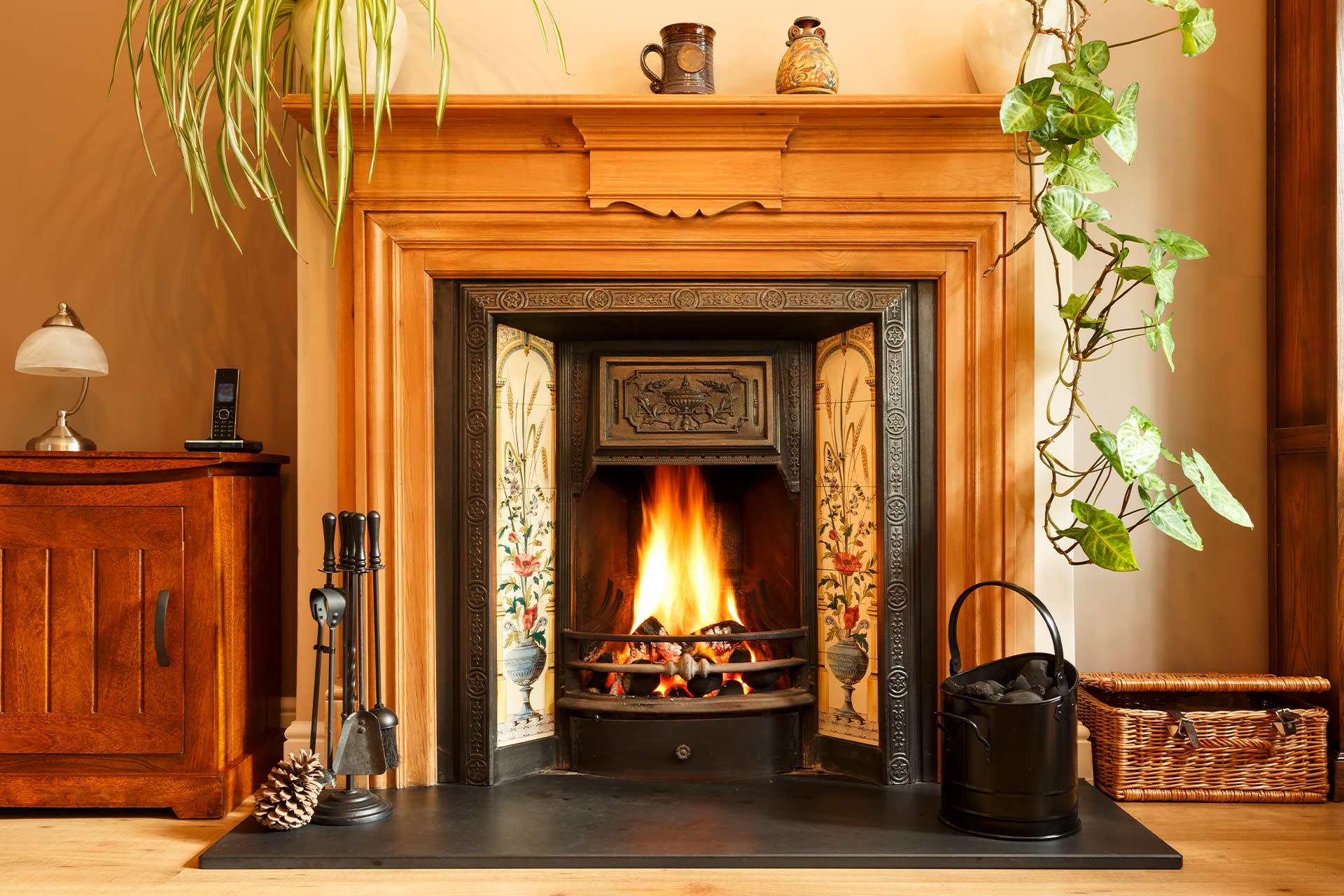

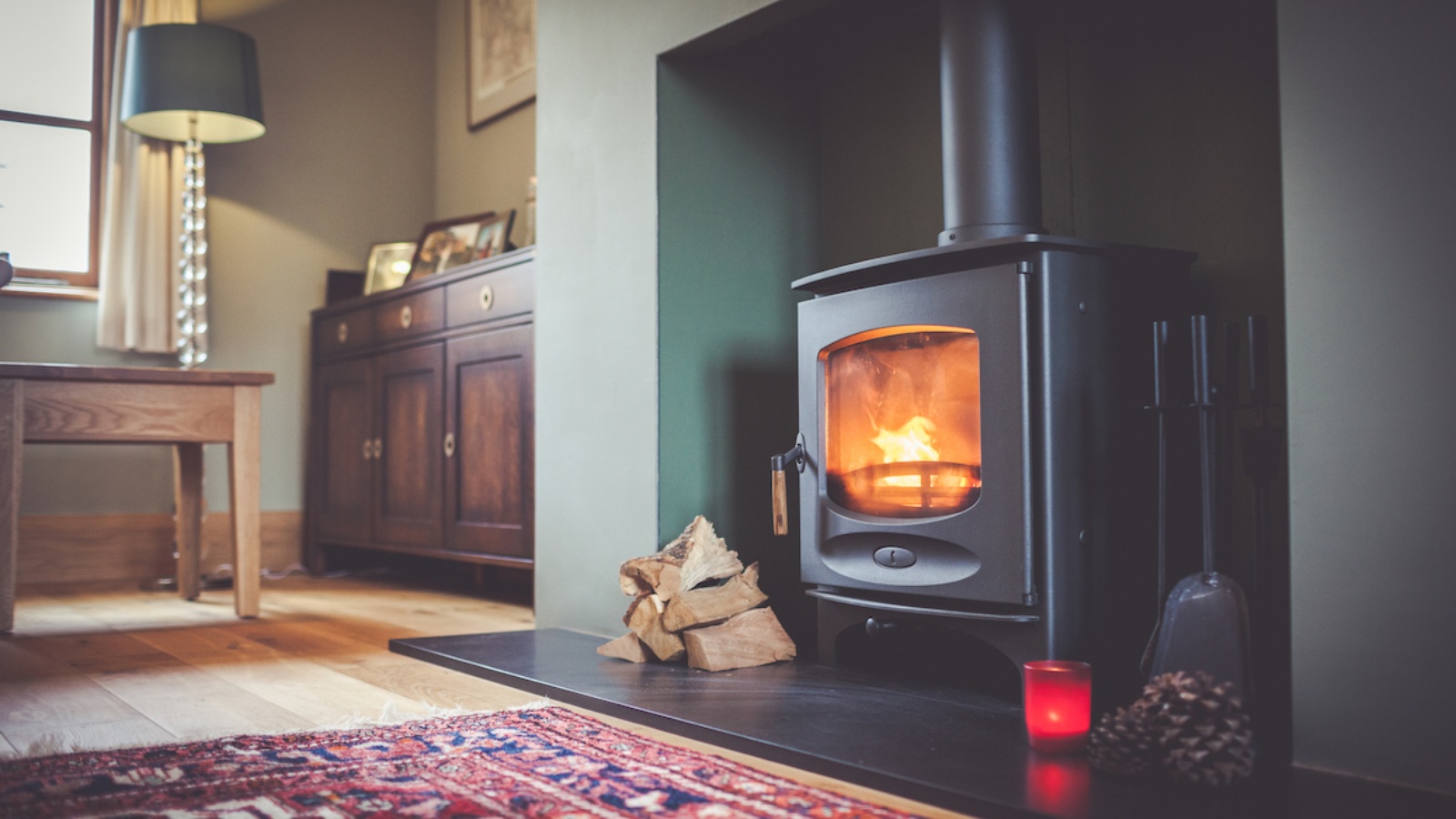

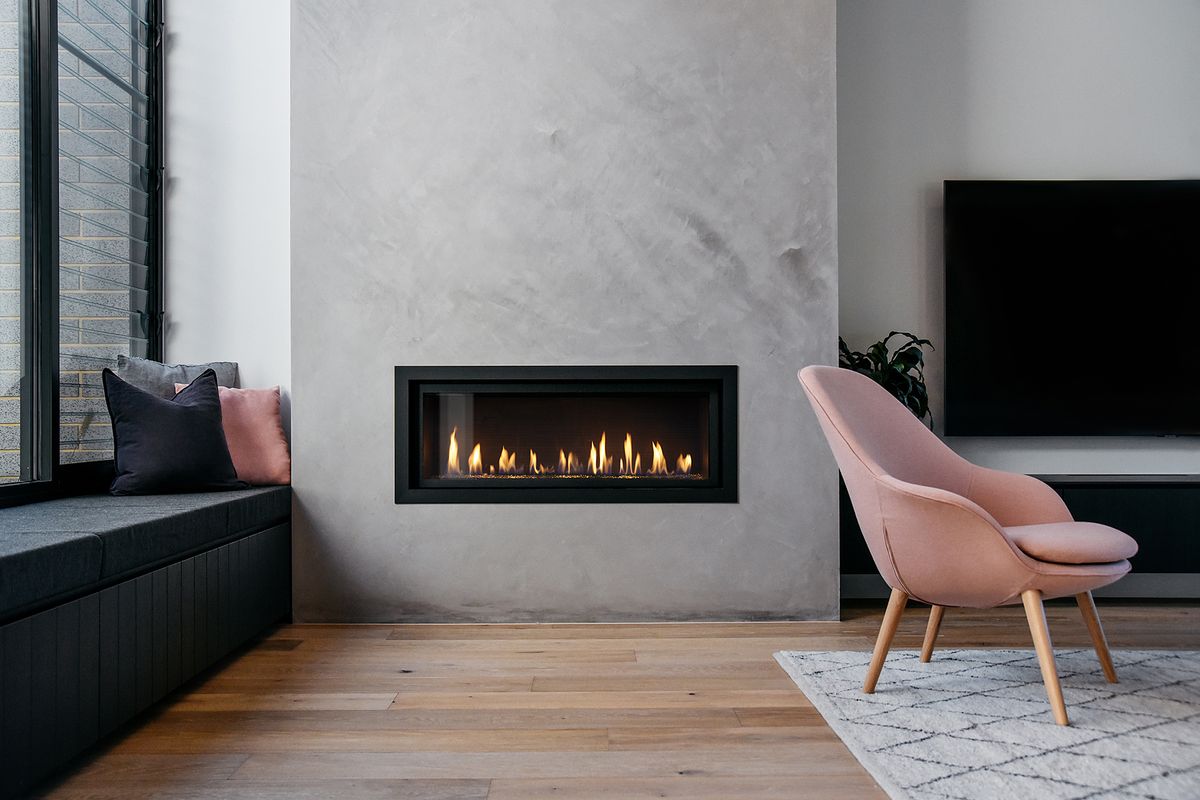
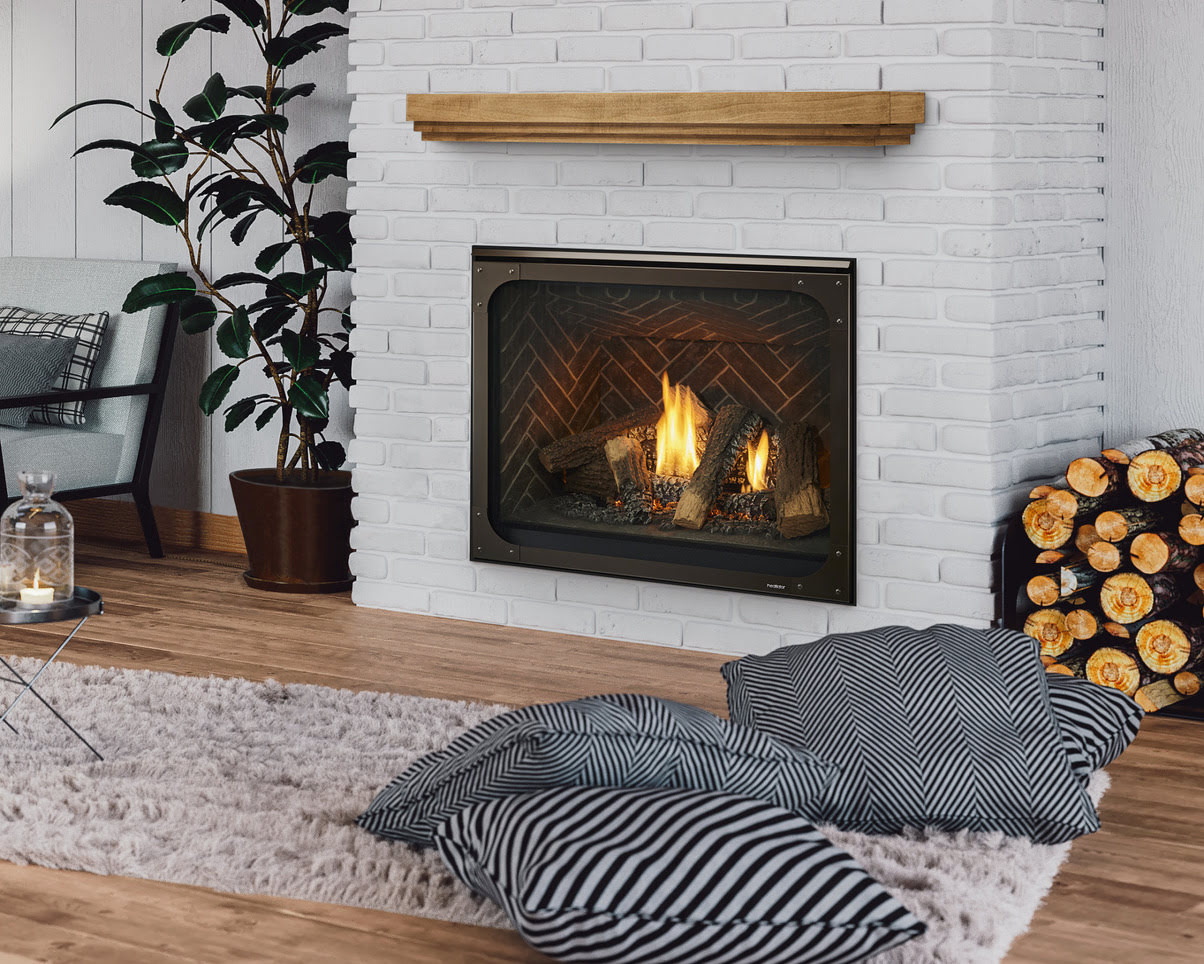
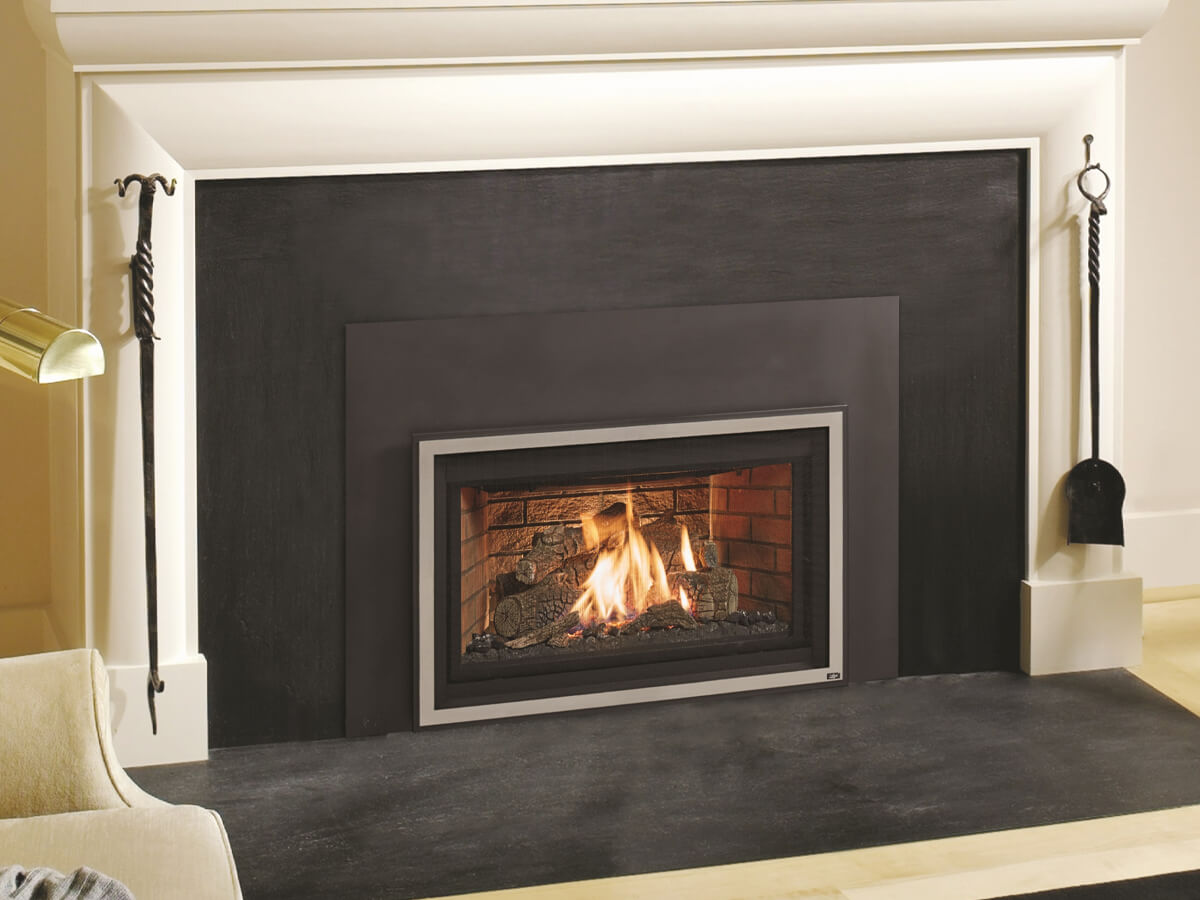
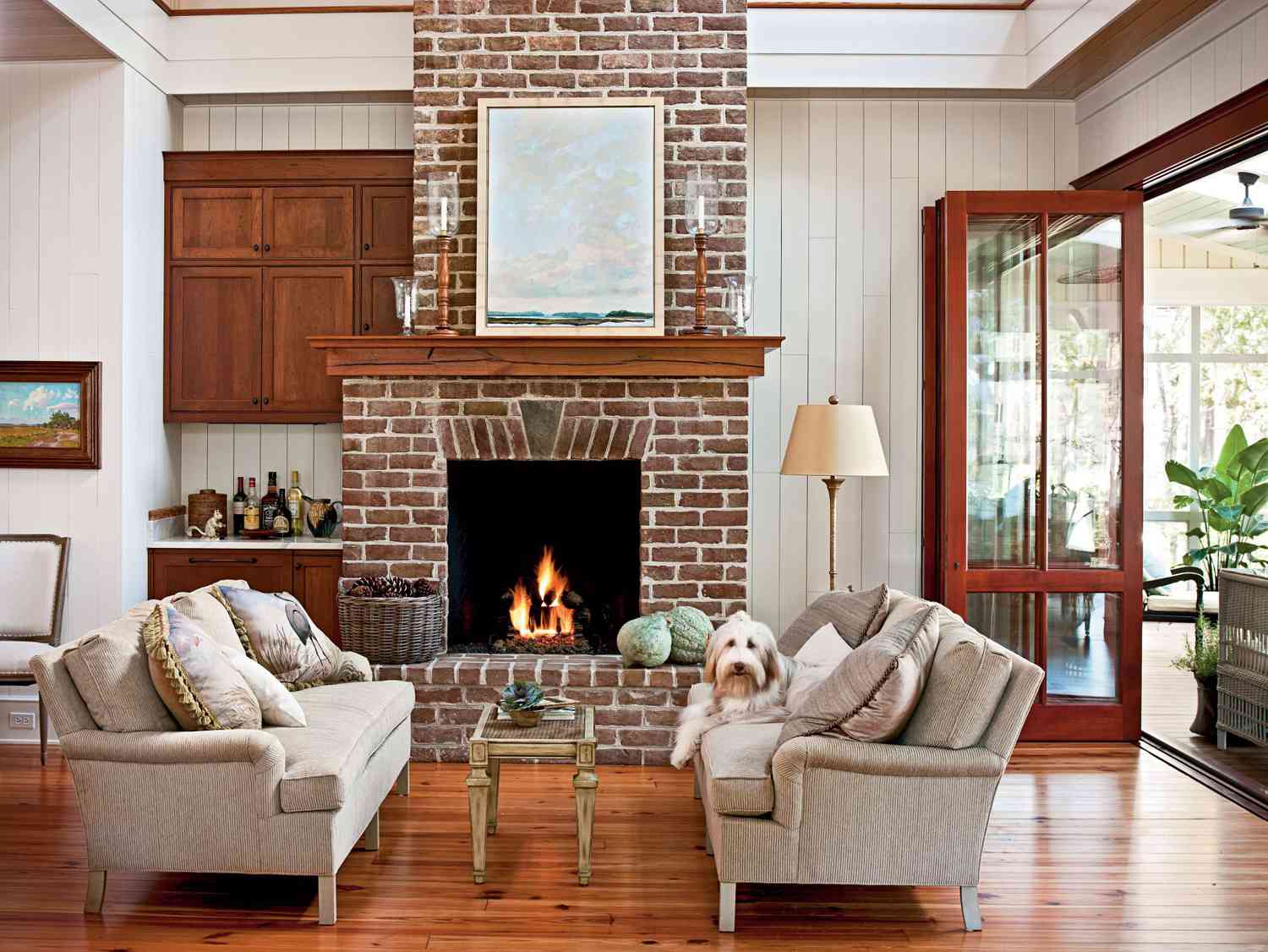
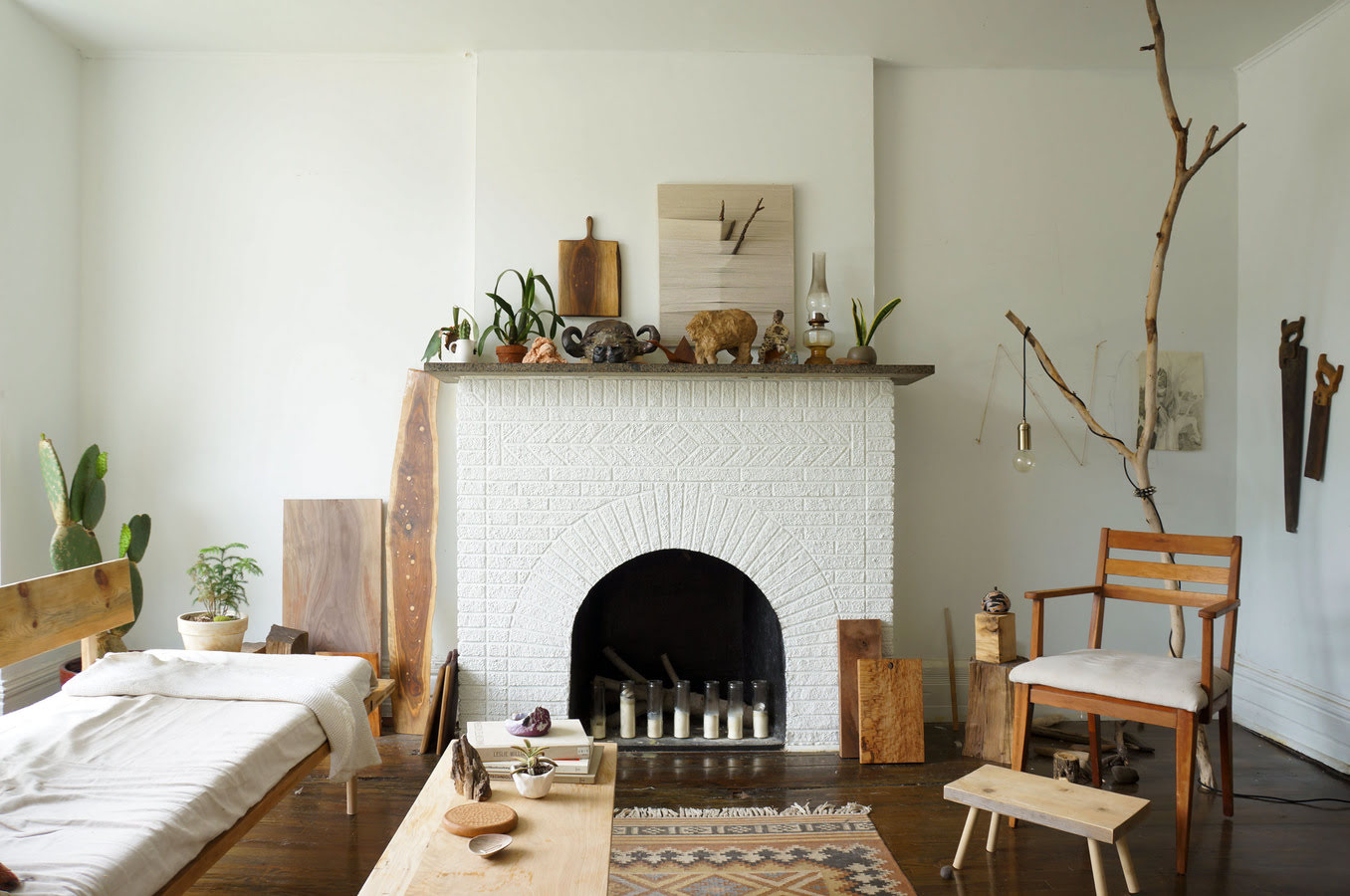
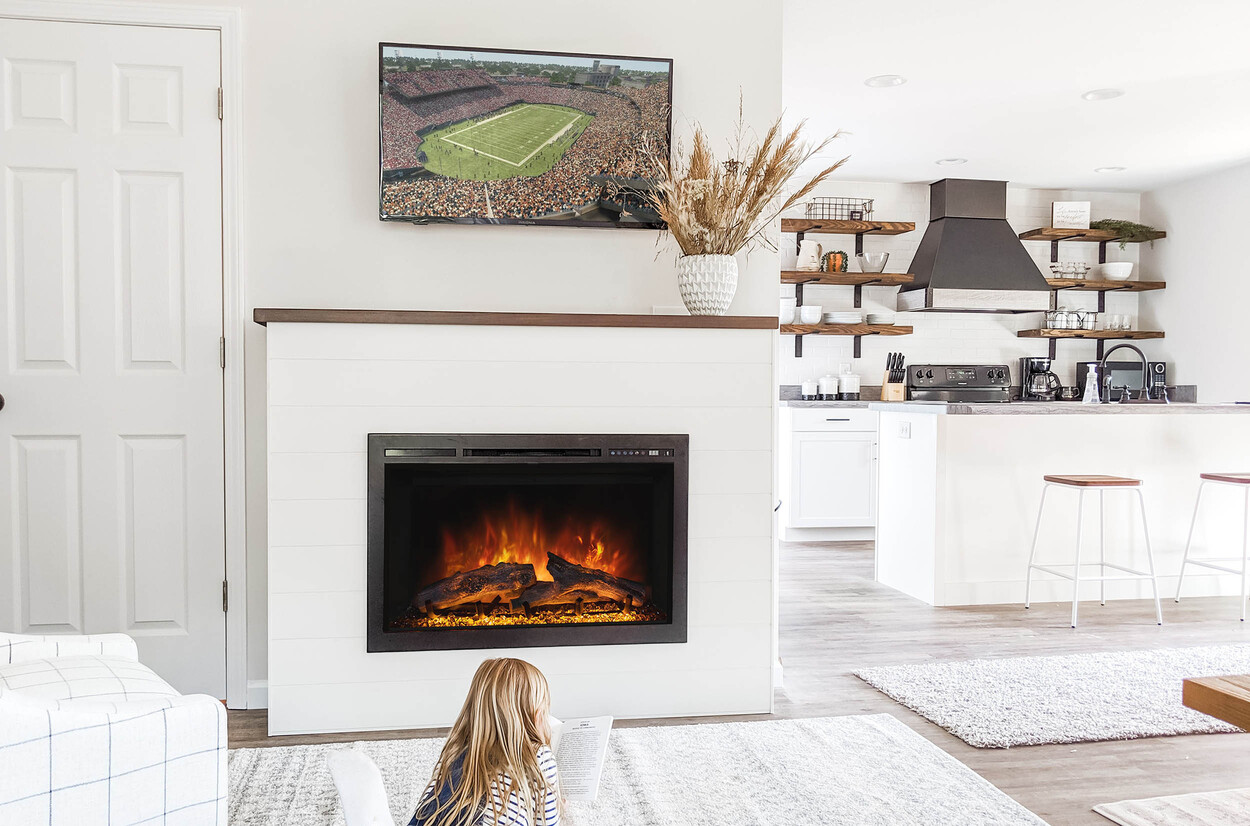
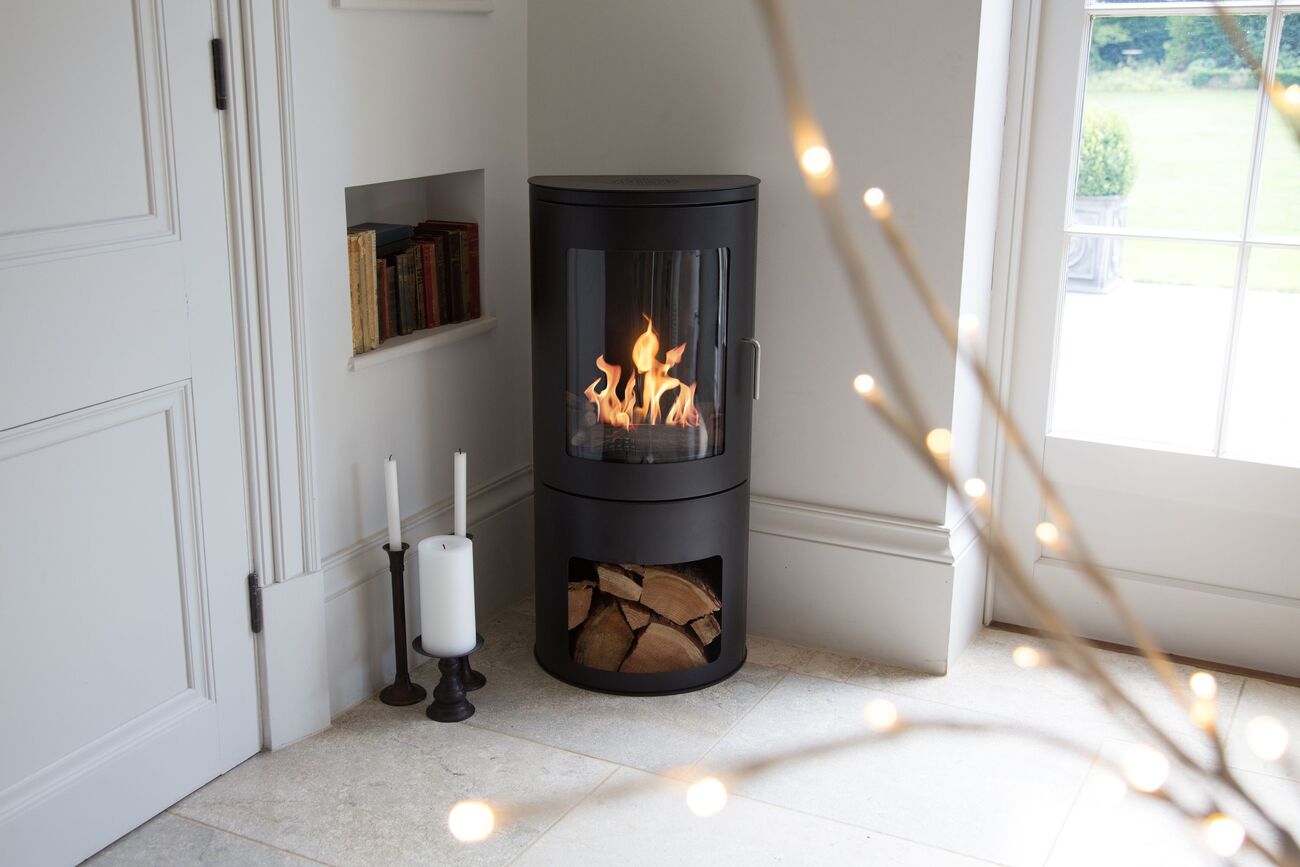
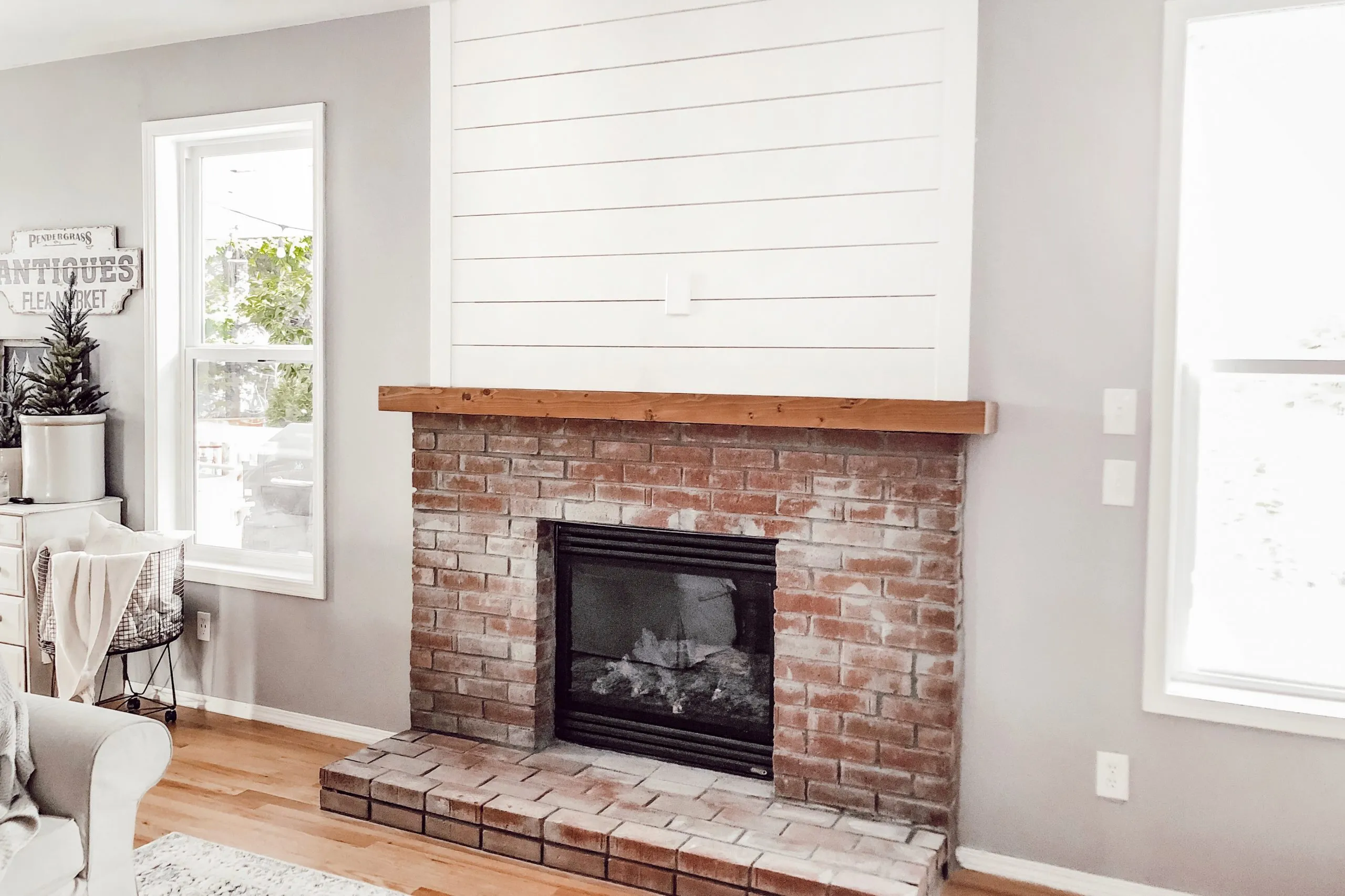
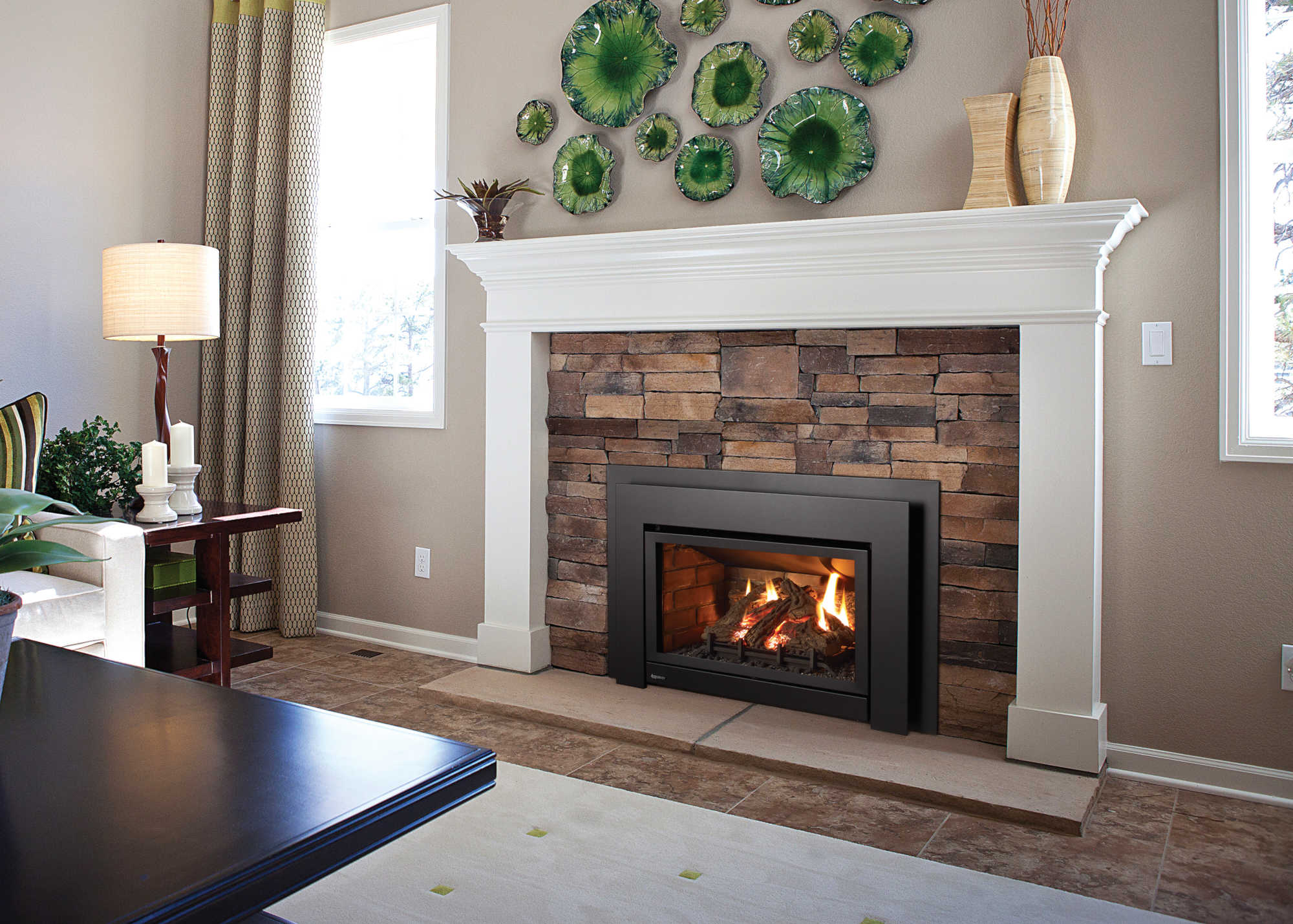
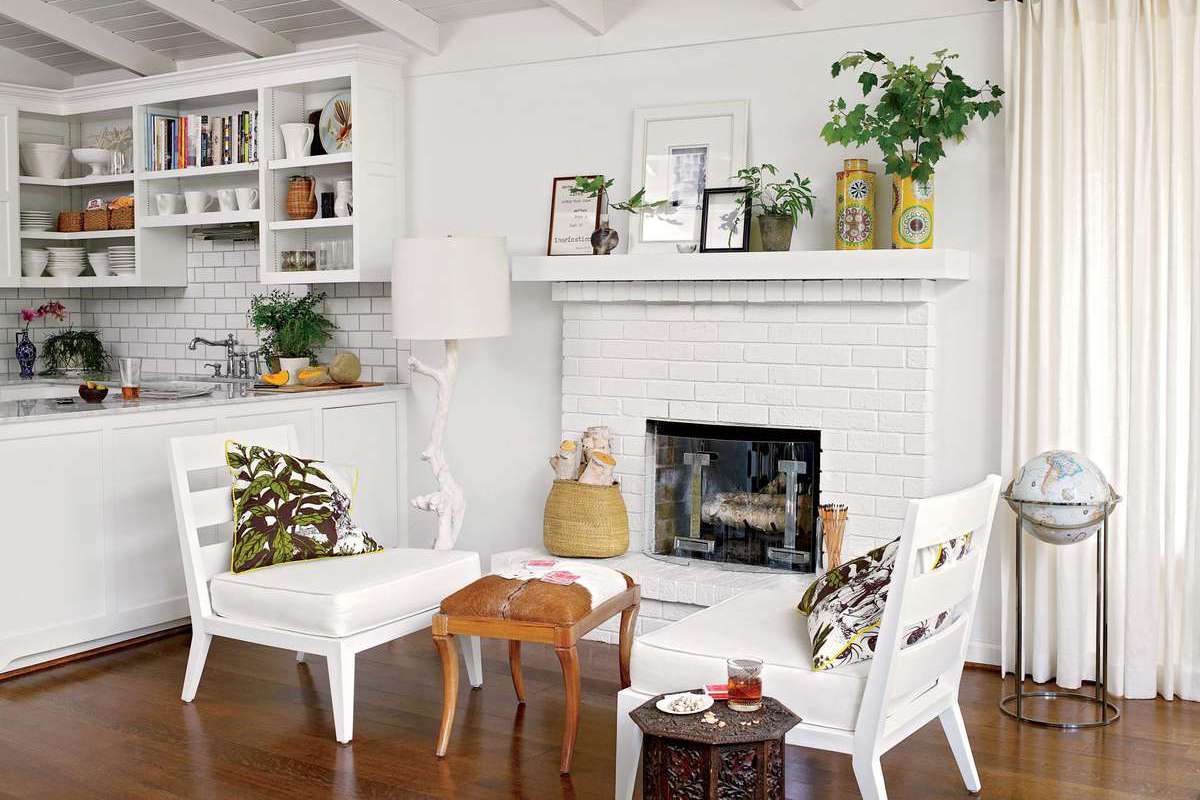

0 thoughts on “What Is A Kiva Fireplace”